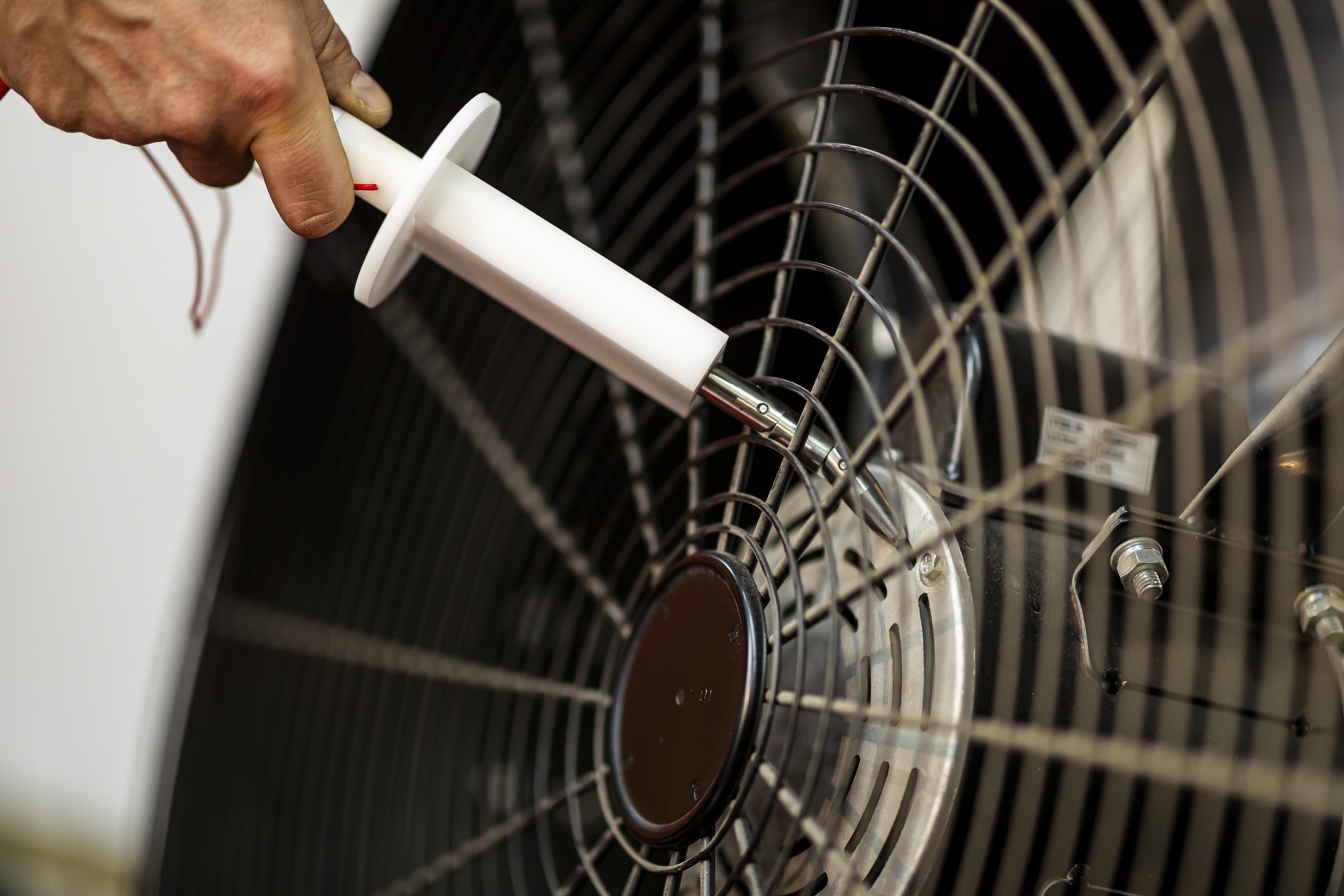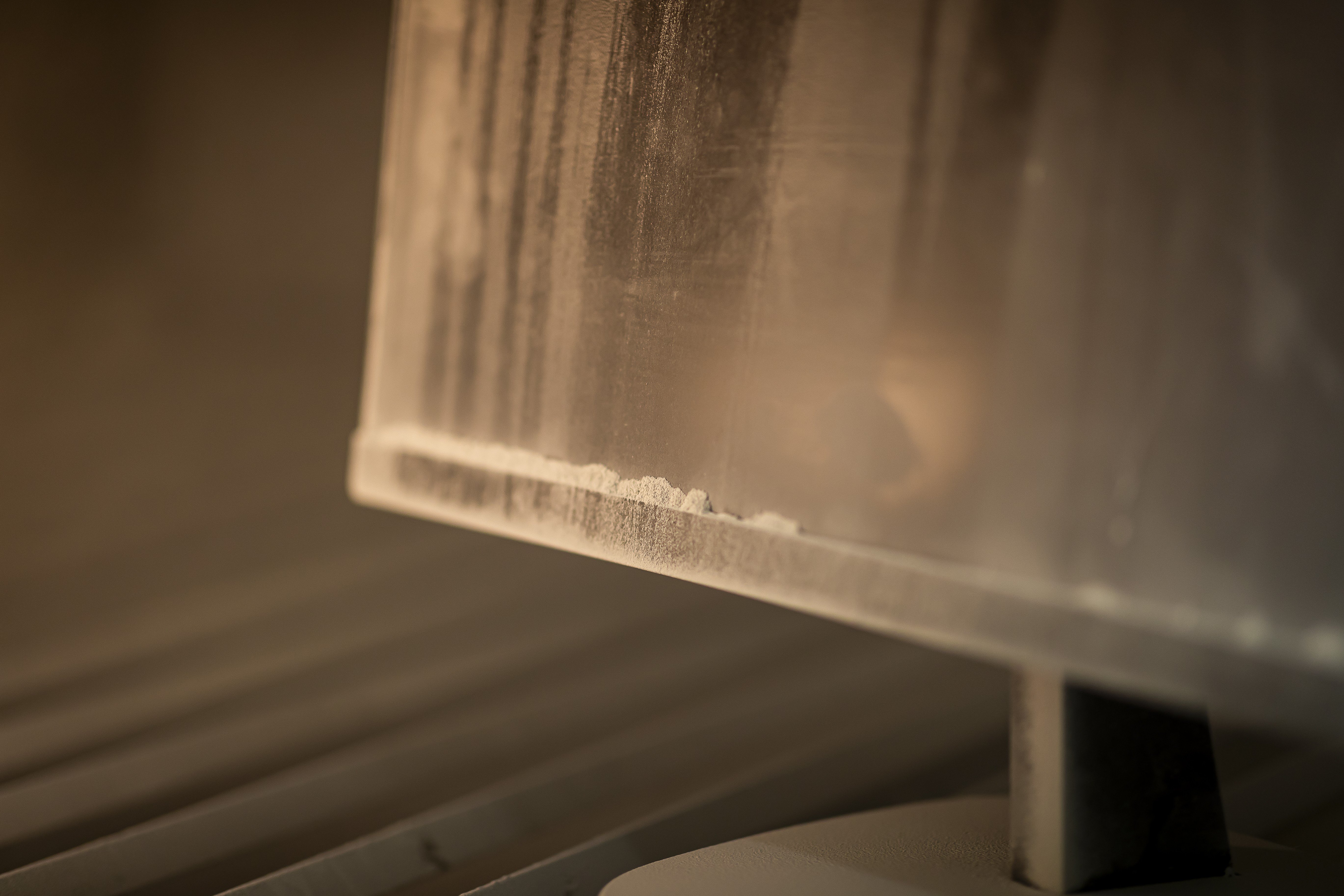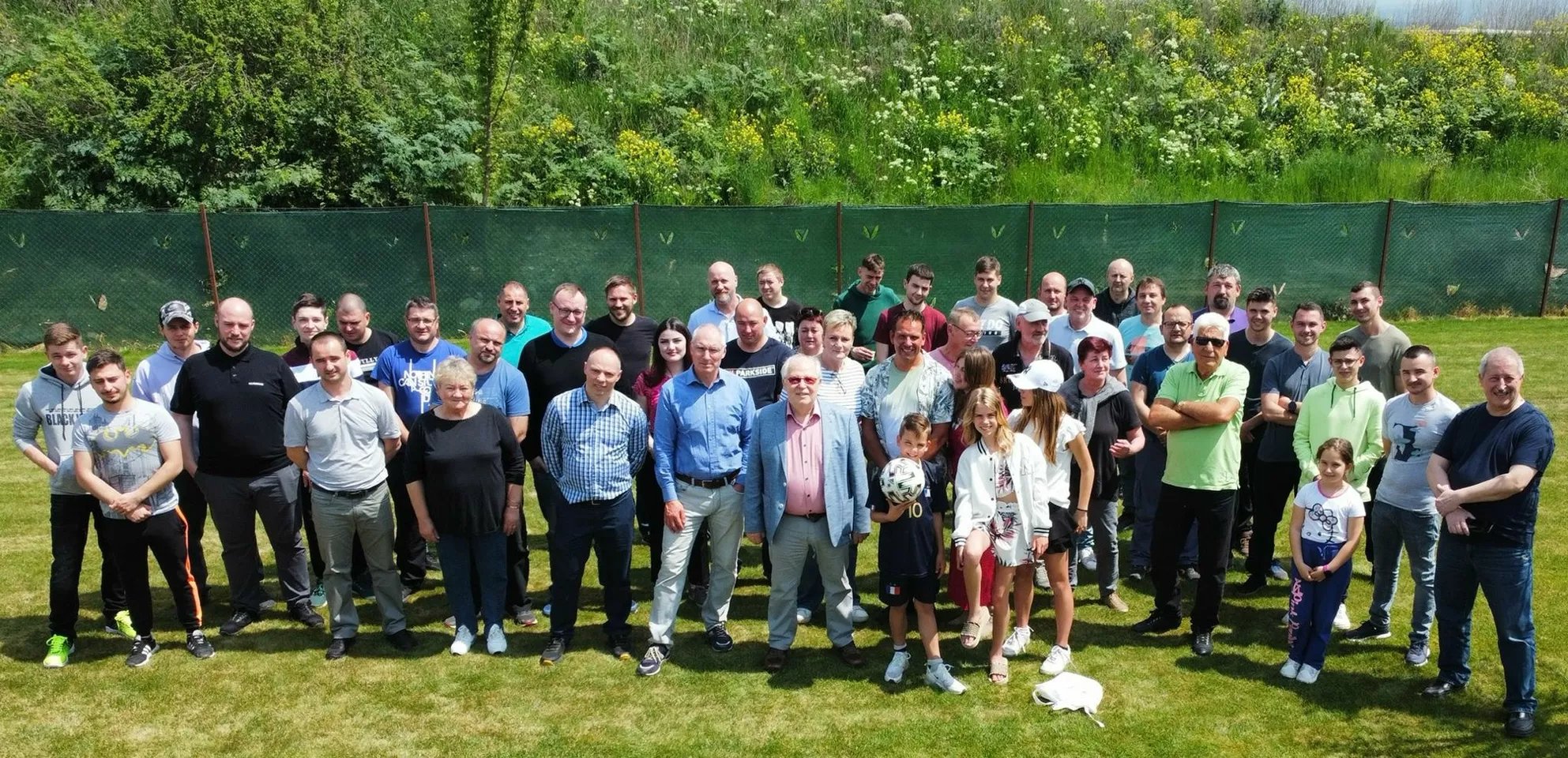IP Protection Testing
Testing effects of dust, rain (Water), and solid object intrusion (Including body parts like hands and fingers)
Conducting IP protection tests at The Sebert Group provides an accurate and reliable way to evaluate the protection levels of your products against dust, water, and other external factors.
Navigate to:
→ Overview tests
→ Specifications testing machines
→ Standards
→ Reasons for testing

Types of IP protection testing:
| First digit | Description | Test Method |
|---|---|---|
| 0 | No protection | No test required |
| 1 | Objects > 50 mm | Ball test (50 mm diameter) |
| 2 | Objects > 12.5 mm | Cylinder test (12.5 mm diameter) |
| 3 | Objects > 2.5 mm | Wire test (2.5 mm diameter) |
| 4 | Objects > 1 mm | Wire test (1 mm diameter) |
| First digit | Description | Test Method |
|---|---|---|
| 5 | Limited dust ingress | Sealed chamber, under-pressure test |
| 6 | Fully dust-tight | Sealed chamber, no ingress allowed |
| Second Digit | Description | Test Method |
|---|---|---|
| 0 | No protection | No test required |
| 1 | Vertical water drips | 10-minute drip test |
| 2 | Water dripping at angles up to 15° | Inclined drip test |
| 3 | Sprays up to 60° from vertical | Spray nozzle, 0.7 l/min |
| 4 | Water from all directions | Spray nozzle, 10 l/min |
| 5 | Low-pressure waterjets | Hose test, 12.5 l/min at 3m |
| 6 | High-pressure waterjets | Hose test, 100 l/min at 3m |
| 7 | Temporary immersion (up to 1m depth) | 30-minute immersion |
| 8 | Continuous immersion (over 1m depth) | Depth-specific immersion |
| 9K | High-pressure and high-temperature jets | 100-bar, 80°C spray test |
Standards
IEC 60529
- Title: Degrees of Protection Provided by Enclosures (IP Code)
- Content: The foundational standard for IP classifications, outlining testing methods for protection against solid object ingress and liquids.
EN 60529
- European version of IEC 60529.
- Applicable across Europe for the same IP classification tests.
ISO 20653
- Title: Road Vehicles – Degrees of Protection (IP Code) – Protection of Electrical Equipment Against Foreign Objects, Water, and Access.
- Content: Specifically designed for vehicles and their components.
IEC 62262
- Title: Degrees of Protection Provided by Enclosures for Electrical Equipment Against External Mechanical Impacts (IK Code).
- Content: Defines IK ratings for mechanical impact resistance.
ISO 12944
- Title: Paints and Varnishes – Corrosion Protection of Steel Structures by Protective Paint Systems.
- Content: Focused on corrosion protection for enclosures.
IEC 60068-2 Series
- Title: Environmental Testing – Various Parts (Vibration, Shock, and More).
- Content: Environmental-related tests such as vibrations and shocks that complement IP tests.
EN 62208
- Title: Empty Enclosures for Low-Voltage Switchgear and Control gear Assemblies – General Requirements.
- Content: Test methods for enclosures that also require IP protection.
Medical devices
- IEC 60601-1: Guidelines for the safety and performance of medical equipment, including sealing and IP-related aspects.
Automotive
- ISO 16750-4: Test procedures for environmental conditions of vehicle electronic components, including water and dust resistance.
Industrial machinery
- IEC 61439: Standard for low-voltage switchgear and control gear assemblies, with guidelines for IP testing.
Consumer electronics
- IEC 62368-1: Safety requirements for audio, video, IT, and communication technology equipment.
ASTM D6653
- Title: Standard Test Method for Determining the Effects of High Altitude on Packaging Systems by Vacuum Method.
- Content: Test methods for packaging seals exposed to low pressure and water infiltration.
ISTA Series
- International packaging standards, addressing not only shock and vibration resistance but also water resistance.
UL 50 / UL 50E
- Title: Enclosures for Electrical Equipment.
- Content: Guidelines for IP-related protection and robustness, specifically for the North American market.
MIL-STD-810H
- Title: Environmental Engineering Considerations and Laboratory Tests.
- Content: Testing procedures for military equipment, including water and dust resistance.
Combination tests for higher IP codes
For complex products, such as electronics or industrial equipment, combinations of the above tests are often performed. For example:
- IP65: Protection against dust (5) and water jets (6).
- IP68: Protection against dust (6) and prolonged immersion in water (8).
Additional IP testing
In addition to standard tests, Sebert Trillingstechniek can perform additional tests to validate the IP classification:
- Mechanical impact testing (IK coding): Assessing the physical robustness of housings against impact.
- Thermal testing: Check whether the IP rating is maintained in extreme temperatures.
- Fatigue Testing: Repeated exposure to dust or water to assess the life of seals.

Specifications of our testing equipment
(IPX1, IPX2, IPX3, IPX4, IPX5, IPX6, and IPX7)
Specifications
- Test chamber dimensions:
- Internal: 500 x 500 x 500 mm
- External: Unlimited space
- Water flow rate: 1 – 100 l/m
- Temperature range: 10 – 55°C
(IP5X and IP6X)
Specifications
- Test item dimensions: 1700 x 1160 x 1500 mm
- Dust concentration range: 2 – 4 kg/m³
- Airflow: 2 – 3 m/s
(IP1X, IP2X, IP3X, IP4X)
Specifications
- Test methods:
- Ball (50 mm diameter)
- Cylinder (12.5 mm diameter for finger simulation)
- Wire (2.5 mm and 1 mm diameters)
This are the key reasons why IP testing is invaluable:
The IEC 60529 standard defines the IP (Ingress Protection) code, which specifies how well a product is protected against:
- Solid particles (e.g., dust and sand)
- Liquids (e.g., water in various forms, from splashes to full immersion)
Testing at The Sebert Group enables you to achieve an official protection level, such as IP65, IP67, or IP68.
- Wear protection: Testing helps verify if a product can withstand daily exposure to dust and water.
- Extended lifespan: Properly tested products are more durable, even in challenging environments.
- Many industries, such as electronics, medical equipment, and automotive, require specific IP classifications.
- Testing with a professional partner like The Sebert Group ensures your product complies with international standards.
- Electronics: Devices like smartphones, tablets, and sensors used in humid or dusty conditions often require a high IP rating, such as IP68.
- Industrial Applications: Machinery and equipment exposed to harsh conditions often need IP65 or higher.
A well-tested IP classification reduces the risk of defects caused by water or dust damage, leading to:
- Lower warranty costs
- Improved customer satisfaction
- Accurate Simulations: Sebert’s specialized equipment replicates realistic environmental factors, ensuring thorough product testing.
- Quality Reporting: Receive detailed measurement data and an official test report, useful for internal quality assurance or external certification.
- An IP-certified product demonstrates reliability and quality, offering a significant selling point in markets where robustness and durability are prioritized.
Do you have any questions?
Want to learn more about our testing methods or specific tests? Our experts are here to help with any inquiries you might have. Reach out today and find out how the Sebert Group can support you in delivering unmatched quality and reliability.
